Juvederm Around the Eyes: Risks, Results & Who It’s Best For
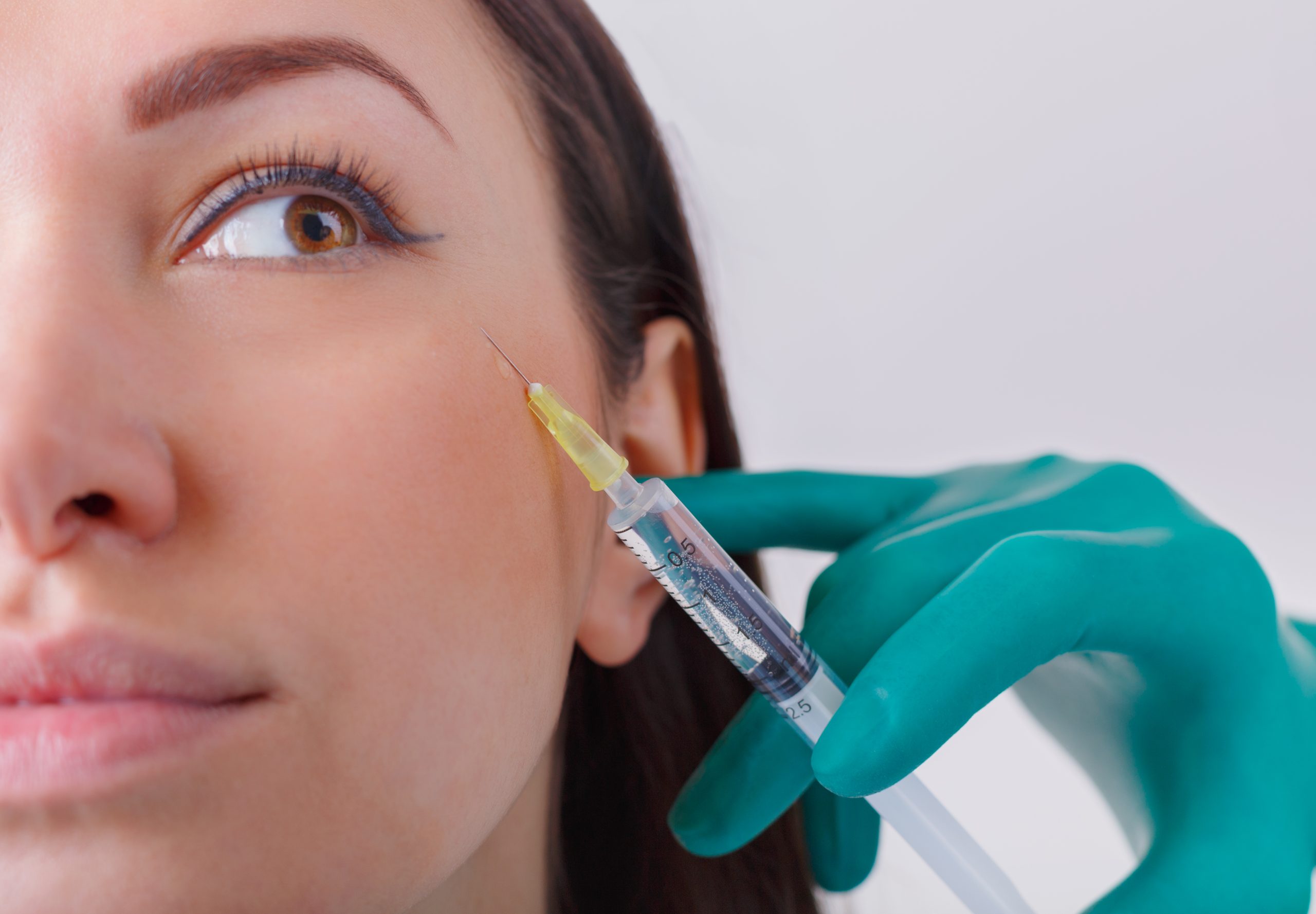
Juvederm, a well-known name in the world of dermal fillers, is frequently used to address age-related volume loss in various parts of the face. However, when it comes to delicate areas such as undereyes, people become worried about the safety of these kinds of procedures.
So, let’s go over benefits and the risks involved in using Juvederm around the eyes.
Can Juvederm Be Used Around the Eyes?
Yes, Juvederm can be used under the eyes to treat hollowness and mild dark circles, a concern for many individuals seeking a more refreshed, youthful appearance. While it was traditionally considered an off-label treatment, the FDA officially approved Juvederm Volbella XC in 2022 for under-eye correction. This filler’s lightweight, smooth consistency makes it ideal for the delicate periorbital region, reducing the risk of lumps and unevenness that can occur with thicker products.
What Kind of Results Can You Expect?
When done correctly, the outcome is subtle yet very effective. It restores youthful volume without making the area look overfilled or unnatural. The filler works by softening the transition between the lower eyelid and the cheek, filling in hollow areas and reducing the appearance of dark circles.
To learn more about Juvederm cheek filler follow this link.
And while the improvement is immediately noticeable, results also continue to settle and refine over the next week or two.
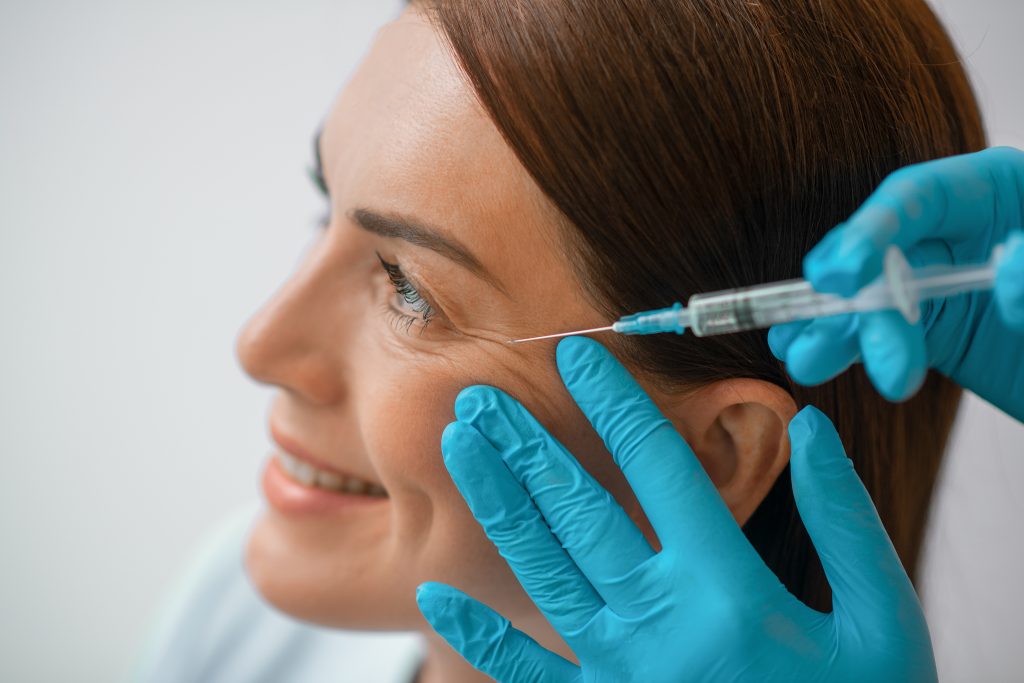
What Are the Risks?
Very delicate areas such as the area around the eyes tend to make patients nervous about the potential risks of these types of procedures. And for a good reason. The area around the eyes is one of the most anatomically complex on the face. With thin skin and a dense network of blood vessels, injections in this region demand a high level of skill and precision. That’s why it’s essential to choose a board-certified, experienced practitioner when considering this type of filler treatment.
What About Side Effects?
Some of the most common side effects include temporary swelling and puffiness, which are typically mild and resolve on their own. In some cases, especially if the filler is injected too superficially, a bluish tint can develop under the skin. This is known as the Tyndall effect and may require correction.
Other possible complications include lumps, asymmetry, and in rare but serious cases, vascular occlusion, which occurs when filler is accidentally injected into a blood vessel. This can lead to complications like skin necrosis or even vision problems. Again, the likelihood of these issues is significantly reduced when treatment is performed by a skilled, experienced injector.
What Should You Do After the Procedure?
To minimise all potential side effects, it’s important that patients are instructed of a proper aftercare routine and they follow it through, as post-treatment care plays an important role in achieving the best possible outcome.
After getting Juvederm under the eyes, patients are generally advised to avoid touching or rubbing the area for at least 24–48 hours. Sleeping with the head elevated can help reduce swelling, and using cold compresses can provide additional relief.
Who Is a Good Candidate?
Juvederm under-eye treatments tend to work best for people with mild to moderate hollowness in the tear trough area, good skin quality, and realistic expectations. Ideal candidates are those who notice shadowing or volume loss under the eyes but don’t have prominent under-eye bags or significant fat pad loss.
Take a look at Juvederm before and after results here.
Patients with chronic puffiness, fluid retention, or very thin skin may not see the best results from fillers and could be better suited for alternative treatments. In more severe cases, surgical intervention such as lower blepharoplasty may be recommended instead.
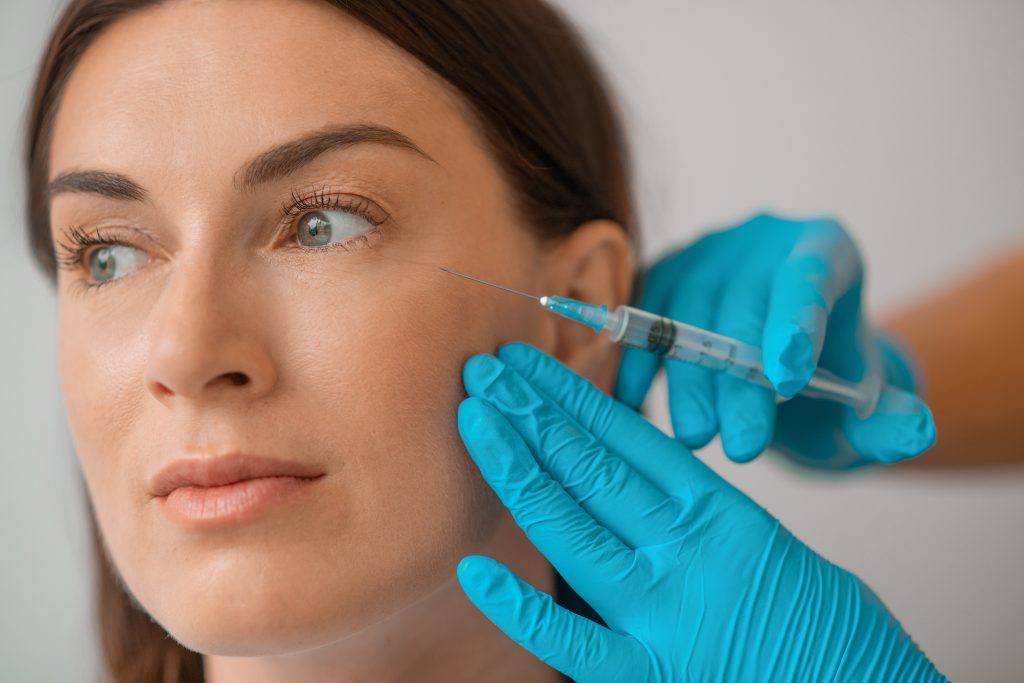
How Long Do Results Last?
One of the advantages of using a hyaluronic acid filler like Juvederm is that the results are long-lasting but not permanent. Most patients can expect the effects to last anywhere from 6 to 12 months, depending on individual factors such as metabolism and how the body processes the filler.
Since the under-eye area isn’t as mobile as other parts of the face, fillers here may last slightly longer. That said, results can vary significantly, and some people may notice a gradual return of volume loss after 6 to 9 months. Maintenance treatments are typically recommended once or twice a year to keep up the results.
Final Thoughts
It’s important to highlight that even though using Juvederm around the eyes is considered a safe and effective treatment, it’s crucial that it’s performed by a trained professional whio understands face anatomy and uses proper technique. This is a key to safety and satisfaction.
If you’re considering adding this treatment to your service portfolio, explore Juvederm for sale online at Best Buy Fillers, your trusted source for authentic Juvederm products. Stock up now to provide the best care for your patients!
Continue reading
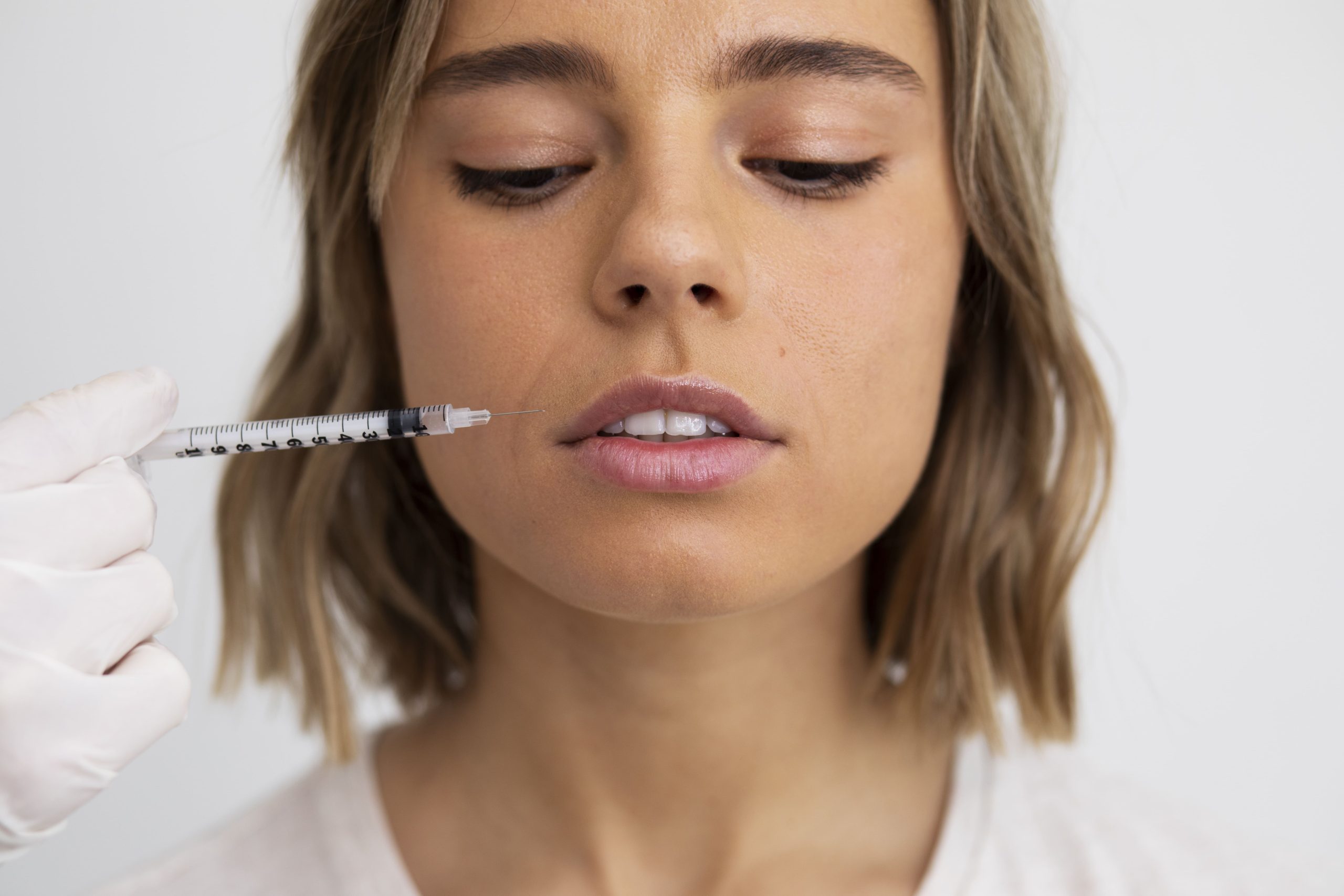
Radiesse or Juvederm? Which One Should You Use for Facial Contouring?
Facial contouring is more than just adding volume – it’s about sculpting definition, correcting asymmetries, and enhancing structure. Achieving those goals requires the right product, precise technique, and a deep understanding of dermal filler properties. Among the most commonly used injectables in aesthetic medicine, Radiesse and Juvederm stand out as…
Read More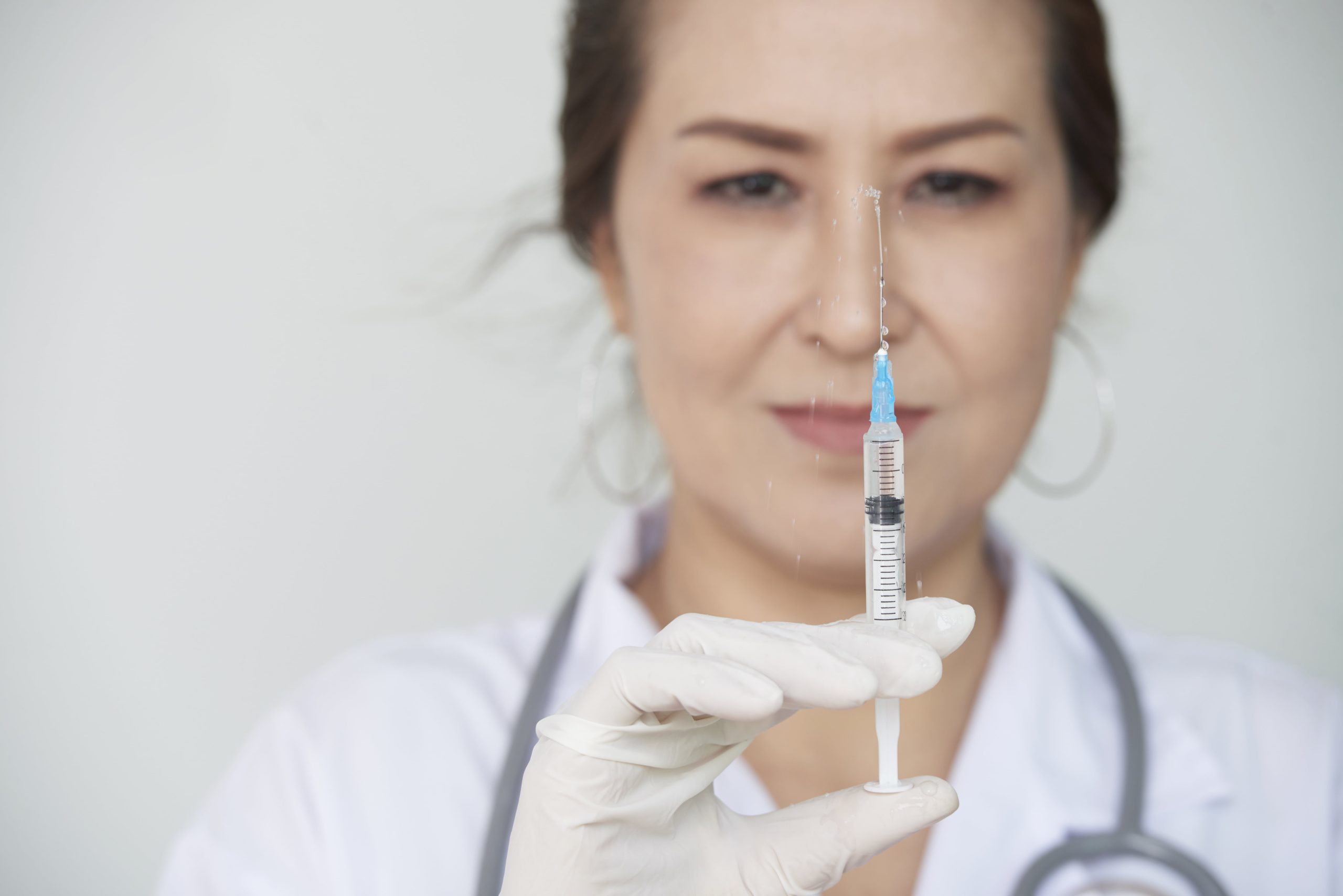
Radiesse vs Sculptra: Which Collagen-Stimulating Filler Is Better?
As the popularity of natural beauty trends, like the no-makeup makeup look, continues to rise, the demand for subtle, long-lasting enhancements has reshaped the filler industry as well. More patients are turning to treatments that enhance their features while correcting concerns like uneven texture or volume loss, all without compromising…
Read More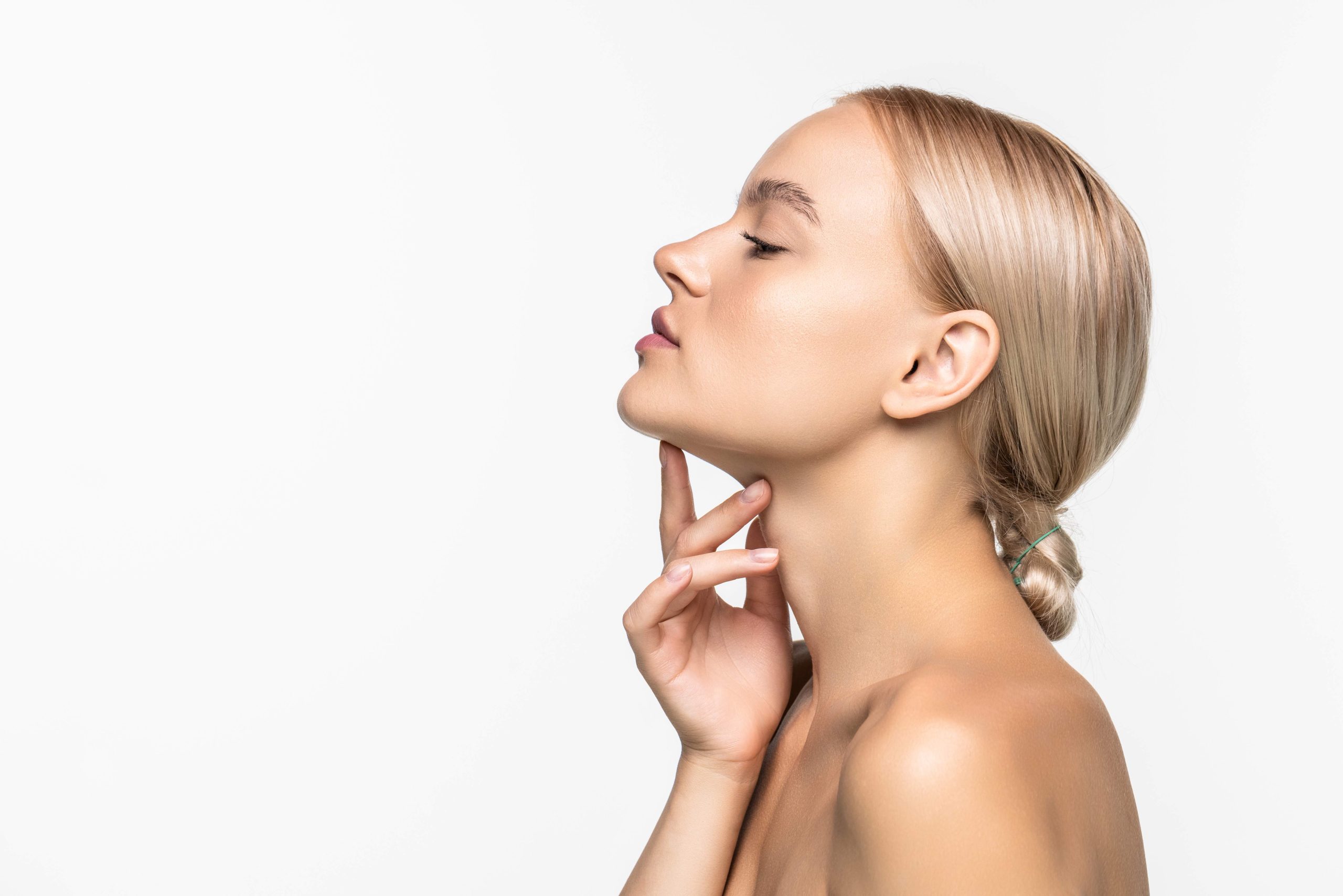
Non-Surgical Jaw Definition: Radiesse Jaw Before and After Transformation
In the age of defined features and sculpted profiles, jawline contouring has become one of the most in-demand aesthetic procedures among both male and female patients. But not everyone is ready for surgery or permanent changes. That’s where non-surgical options like Radiesse jawline enhancement come in, offering a high-impact transformation…
Read More